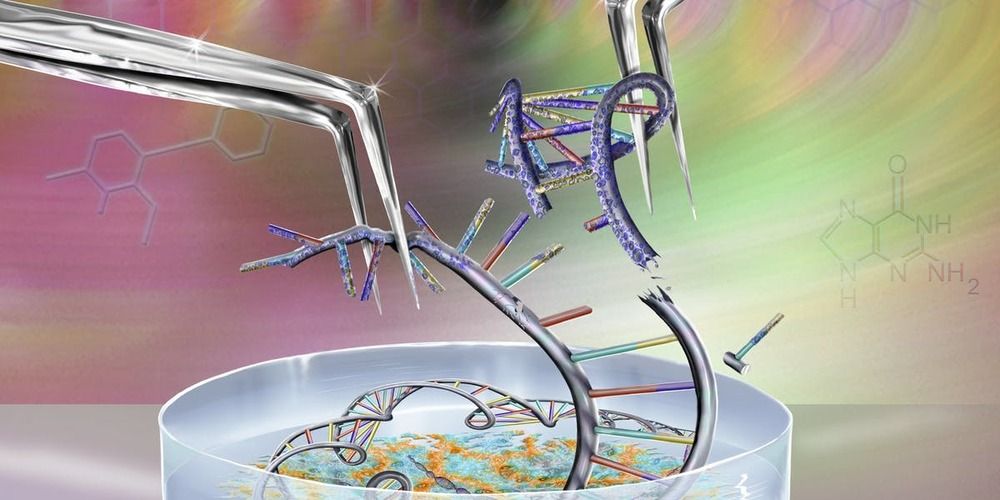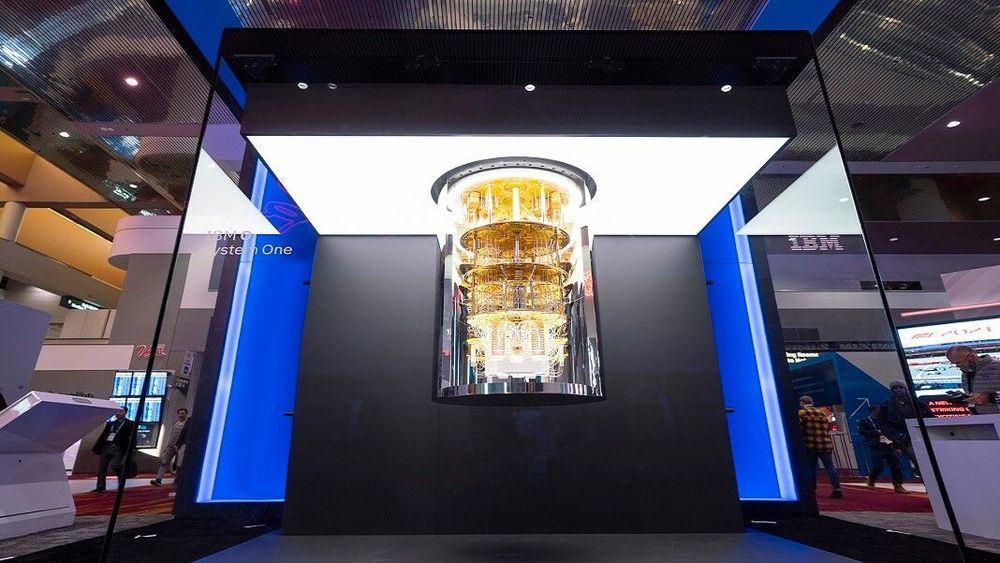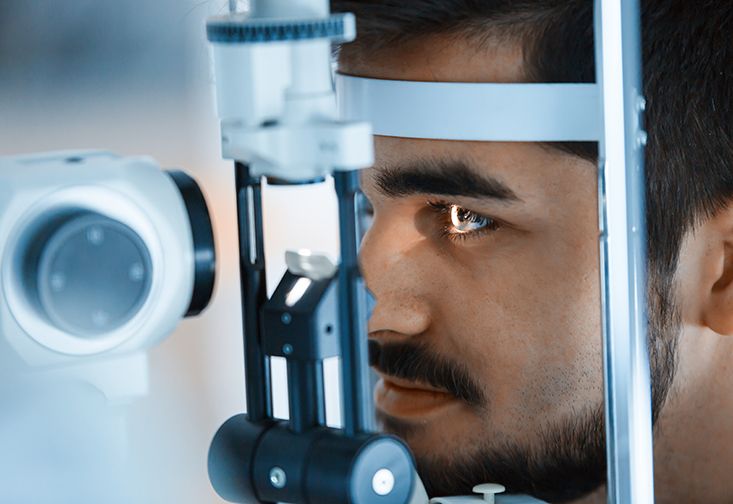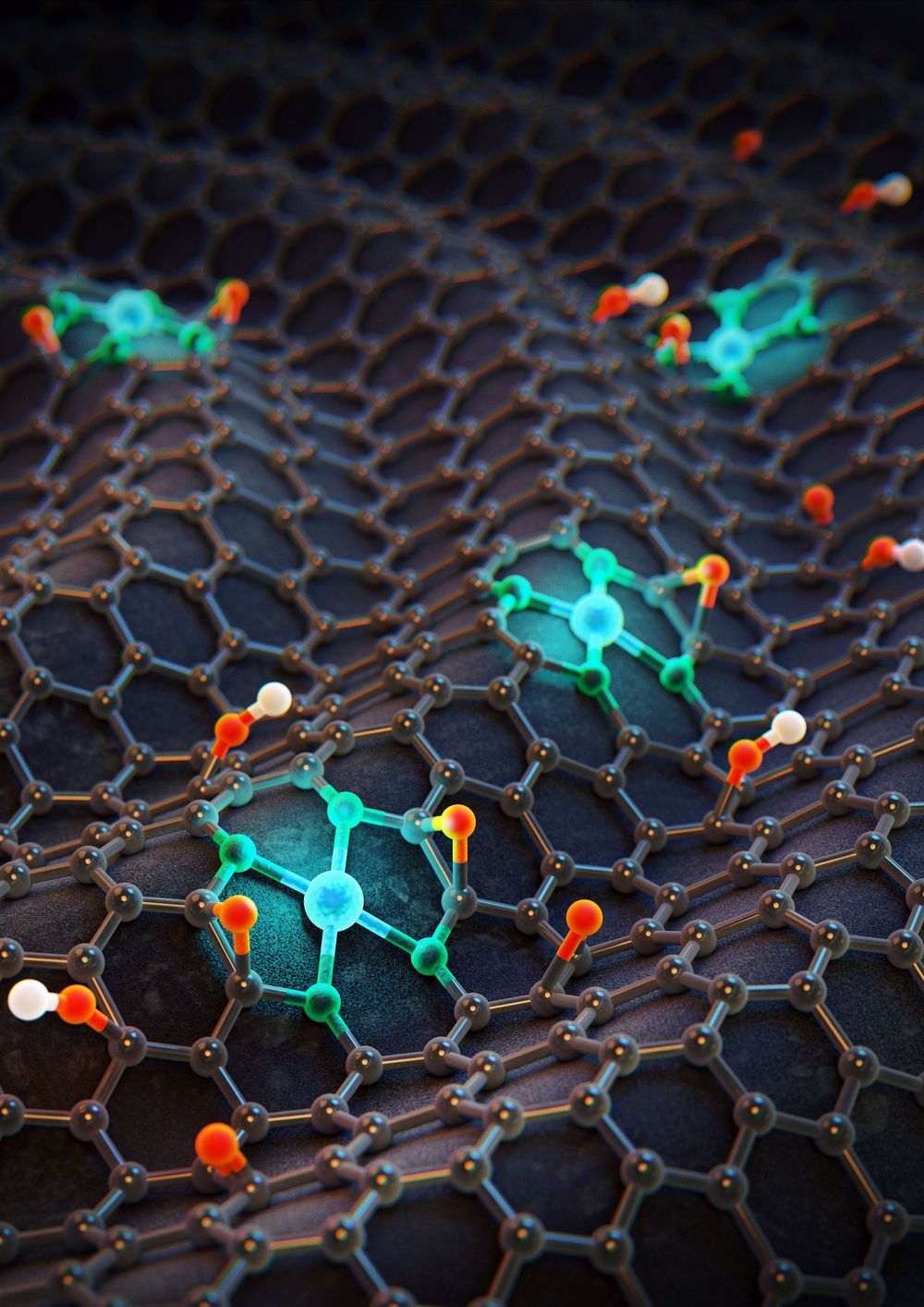Jan 14, 2020
This CRISPR tool costs $10,000. Researchers made a version that costs 23 cents
Posted by Brent Ellman in categories: 3D printing, biotech/medical
In microbiology, an electroporator is a tool that allows scientists to apply electricity to a cell to temporarily breach its cell wall so you can introduce chemicals, drugs or DNA to the cell. These tools are extremely useful in the lab, but they’re also very expensive. They cost anywhere from roughly $3,000 to $10,000.
Researchers at Georgia Tech just revealed they’ve found a way to create an electroporator that costs next to nothing to make. Their research was just published in the journal PLOS Biology.
These researchers were able to create a version of the electroporator that can generate short bursts of more than 2,000 volts of electricity, which they named the “ElectroPen,” using a crystal from a common lighter, copper-plated wire, heat-shrinking wire insulator and aluminum tape. They then created a case for these components using a 3D printer. They claim you can assemble it within 15 minutes once you have all the pieces.


















